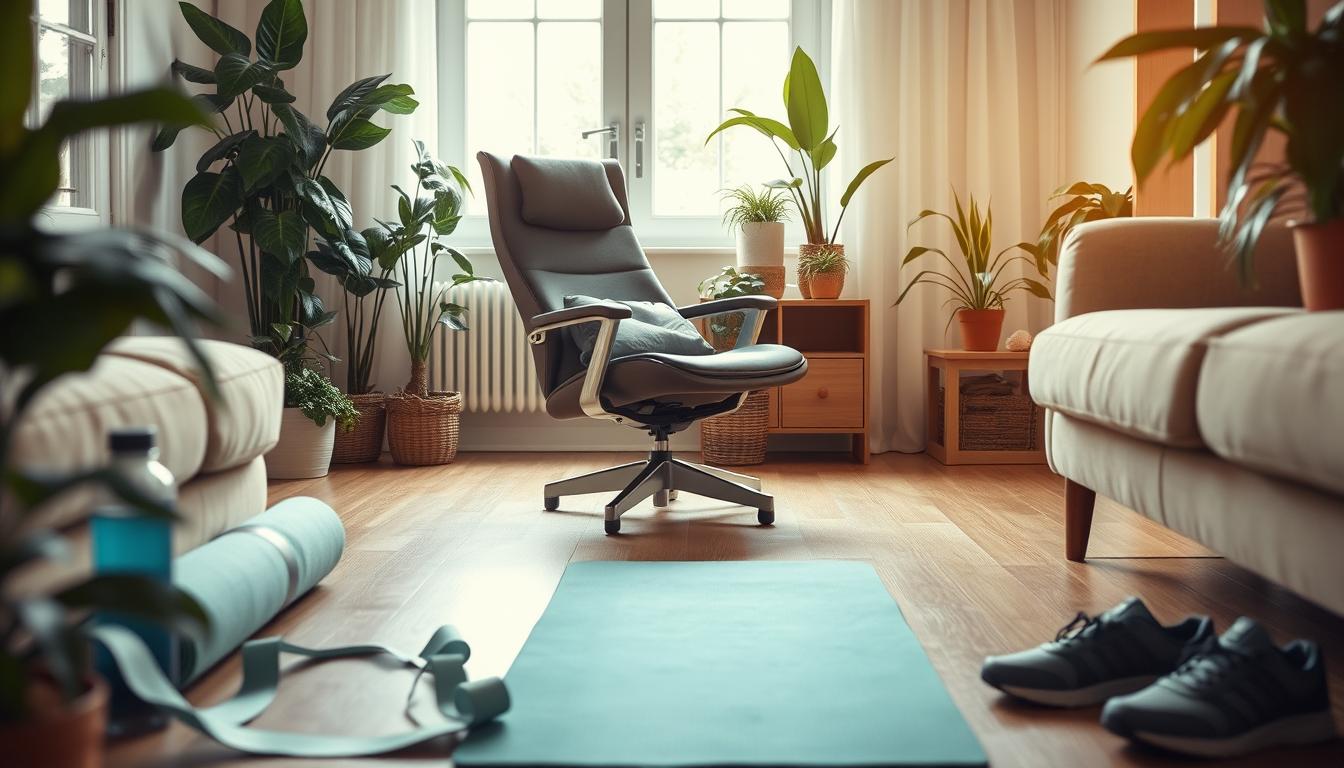Sciatica is a common condition that affects millions of people worldwide, causing pain, numbness, and discomfort in the lower back, hips, and legs. To manage sciatica, it’s essential to make lifestyle changes, including avoiding certain activities and habits that can exacerbate the condition. By incorporating sciatica lifestyle tips into your daily routine, you can alleviate symptoms and improve your overall well-being. Understanding what to avoid with sciatica is crucial in preventing further irritation and promoting sciatica relief changes.
When exploring ways to manage sciatica, it’s vital to consider the impact of daily activities on your condition. Inactivity or sitting for extended periods can worsen sciatica symptoms, while certain exercises like seated and standing forward bends, hurdler stretches, and supine leg circles can aggravate sciatica. By being mindful of your actions and making conscious decisions about your lifestyle, you can reduce discomfort and promote healing. Implementing sciatica lifestyle tips, such as taking regular breaks and using proper lifting techniques, can significantly improve your quality of life.
As you navigate the process of managing sciatica, it’s essential to focus on making positive changes that promote relief and comfort. By understanding what to avoid with sciatica and incorporating sciatica relief changes into your daily routine, you can reduce symptoms and improve your overall health. In the following sections, we’ll delve deeper into the common mistakes people make when trying to alleviate sciatica pain and explore the importance of nutrition, exercise, and posture in preventing and alleviating sciatica symptoms.
Common Things to Avoid with Sciatica
When managing sciatica discomfort, it’s essential to identify and avoid common triggers that can exacerbate the condition. By adopting a sciatica-friendly lifestyle, you can reduce the risk of flare-ups and alleviate symptoms. Easing sciatica pain naturally often involves making simple changes to your daily habits and activities.
To start, it’s crucial to be mindful of your posture and movement. Avoid prolonged sitting or standing, as this can lead to muscle stiffness and spasms, worsening back pain associated with sciatica. Additionally, be cautious when lifting heavy objects, as this can strain the spine and aggravate the condition.
Harmful Sitting and Standing Positions
Some common mistakes to avoid include bending forward to pick up objects, twisting the spine, and slumping while sitting or standing. These movements can exert pressure on the spine, leading to injury and increased pain. Instead, practice good posture and use proper lifting techniques to reduce the risk of aggravating sciatica.
High-Impact Physical Activities
Certain high-impact activities, such as forward bends, burpees, and high-impact movements, can also exacerbate sciatica. While regular exercise is essential for maintaining a healthy spine, it’s essential to choose low-impact activities, like swimming or water aerobics, that don’t put excessive strain on the spine.
Poor Sleep Positions and Habits
Poor sleep positions and habits can also contribute to sciatica discomfort. Avoid sleeping on your stomach, as this can cause your spine to twist and lead to increased pain. Instead, sleep on your back or side with a supportive mattress and pillows to maintain proper spinal alignment.
| Activity | Risk Level | Recommendation |
|---|---|---|
| Prolonged sitting | High | Take regular breaks to stand and stretch |
| Heavy lifting | High | Use proper lifting techniques and avoid heavy weights |
| High-impact activities | Medium | Choose low-impact alternatives, like swimming or water aerobics |
By being mindful of these common triggers and making simple changes to your daily habits, you can reduce the risk of sciatica flare-ups and alleviate symptoms, ultimately easing sciatica pain naturally and adopting a sciatica-friendly lifestyle.
Essential Lifestyle Modifications for Sciatica Relief
When it comes to managing sciatica discomfort, making the right lifestyle modifications can make a significant difference. By incorporating sciatica dos and don’ts into your daily routine, you can alleviate symptoms and prevent exacerbating the condition. Sciatica relief changes, such as maintaining a healthy weight, exercising regularly, and improving your posture, can help reduce pressure on the sciatic nerve.
Some tips for managing sciatica discomfort include:
- Engaging in regular exercise, such as yoga or swimming, to improve flexibility and strength
- Practicing good posture to reduce pressure on the sciatic nerve
- Avoiding prolonged sitting and taking regular breaks to stretch and move
- Applying ice or heat packs to reduce inflammation and relieve pain
By making these lifestyle modifications, you can take the first step towards managing sciatica discomfort and improving your overall quality of life. Remember to consult with a healthcare professional before starting any new exercise or treatment program.

By incorporating these lifestyle modifications into your daily routine, you can reduce your risk of developing sciatica and alleviate symptoms if you already have the condition.
Conclusion: Building a Sciatica-Friendly Lifestyle
To effectively manage sciatica and prevent further discomfort, it’s essential to build a lifestyle that supports spinal health and nerve function. Start by incorporating sciatica lifestyle tips into your daily routine, such as maintaining good posture, practicing low-impact exercises, and following an anti-inflammatory diet. Avoid activities that can worsen sciatica pain, like high-impact workouts and poor sleeping positions.
Regular exercise, even gentle activities like walking or swimming, can strengthen the core muscles and improve flexibility, ultimately easing sciatica pain naturally. Additionally, managing stress through techniques like meditation or deep breathing can help reduce muscle tension and inflammation. Remember to consult with your healthcare provider to develop a comprehensive plan that addresses your individual needs and provides the best possible sciatica relief.
